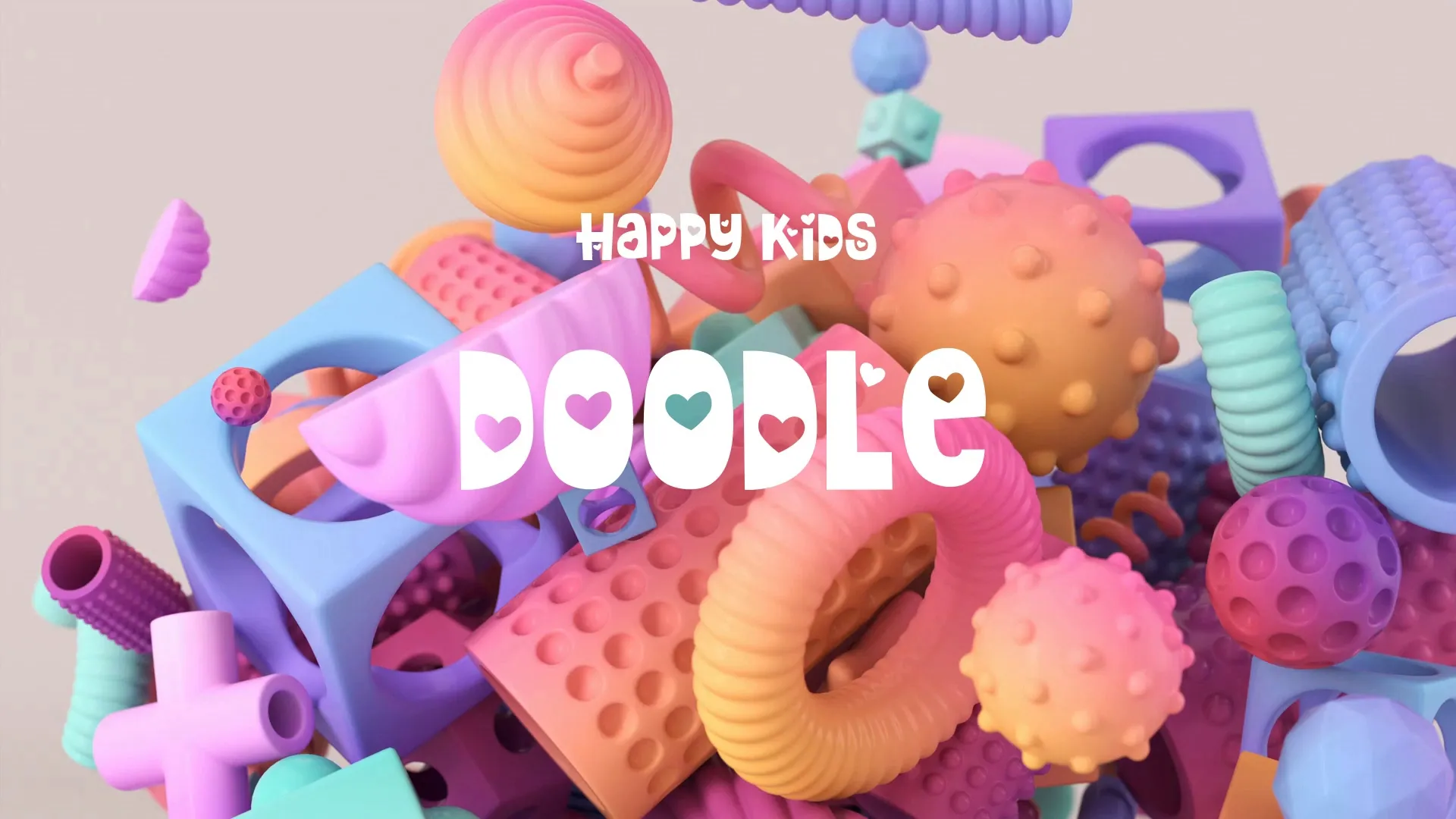Creating Compelling Game Prototypes: Fast Iteration

80% of indie games fail.
A staggering number, and often due to neglecting a crucial early step: rapid prototyping.
Prototypes test core mechanics and validate ideas early. This saves you time, resources, and heartache. Rapid prototyping is your shield. Fast iteration lets you explore, identify problems, and refine your vision quickly.
This article guides you through creating compelling game prototypes using rapid iteration. Experiment, de-risk, and build smarter.
For game developers looking to streamline their workflow and access a wealth of resources, platforms like Wayline offer comprehensive tools and assets to support every stage of the development process.
Understanding the Purpose of Game Prototypes
Prototypes are focused experiments, not mini-games. They answer critical questions early.
Gameplay prototypes focus on core mechanics. Visual prototypes explore art styles. Technical prototypes test feasibility. Gameplay prototypes answer, "Is this fun?". Visual prototypes ask, "Does this look right?". Technical prototypes figure out, "Can we even make this?".
Knowing your goal focuses effort.
Core gameplay uncertain? Skip the high-fidelity visuals.
Define what you want to learn from each prototype. Is it fun? Does it perform well? Be specific. “Fun” is subjective.
“Players smile/laugh once per session” is measurable.
Or “AI pathfinds without getting stuck >95% of time.”
Create a free account, or log in.
Gain access to free articles, game development tools, and game assets.























